Tree Pose (Vrikshasana)
Introduction
Tree Pose, known as Vrikshasana in Sanskrit, is a foundational yoga posture that emphasizes balance, focus, and stability. Inspired by the steady and grounded stance of a tree, this pose requires standing on one leg while the other leg is bent, with the foot placed against the inner thigh or calf. The arms are extended upwards, resembling branches reaching toward the sky.
Yoga, an ancient Indian discipline, is becoming more popular around the world due to its tremendous health advantages. Vrikshasana, often known as tree position, is a popular yoga asana.
Whether you’re a yoga fanatic or a newbie trying to enhance your health, recognizing the Vrikshasana benefits is critical. These benefits can be a significant motivator to add this pose to your program. In this essay, we will learn more about Vrikshanan Yoga.
What is Tree Pose (Vrikshasana)?
Vrikshasana, also known as tree pose, is a basic yoga posture that develops balance, stability, and attention. Vrikshasana is done by placing the opposite foot on the inner thigh or calf while standing on one leg. The arms might be extended upwards or gathered at the heart center in a prayer stance.
This yoga stance may appear easy, yet it has various benefits for your physical and emotional health. Regular practice of Vrikshasana yoga can assist improve balance, strength, and flexibility. Vrikshasana is more than just a physical exercise; it also fosters calm and mental balance.
Which muscles are used in Vrikshasana?
Because Tree Pose strengthens the following muscles, it can be used in yoga poses that target those particular muscles:
- Gluteus
- Quadriceps
- Hamstring
- Core Muscles
- Gluteus Maximus
- Calves
- Hip Flexors
- Back Muscles
- Shoulder Muscles
What are the Benefits of Tree Pose (Vrikshasana)?
- Enhanced balance and stability: The practice of Vrikshasana enhances both physical and emotional equilibrium by requiring attention.
- Strengthens leg muscles: By activating and strengthening the standing leg’s muscles, this pose improves leg strength overall.
- Promotes relaxation: The tree position promotes relaxation and lowers stress levels.
- Improves flexibility: Additionally, it improves groin and hip flexibility.
- Enhances concentration: The concentration needed to hold the pose fosters mental clarity and mindfulness.
- Improved posture: By promoting an upright spine, Vrikshasana helps improve posture in general.
- Strengthened ankles: This pose, which involves balancing on one leg, improves stability by strengthening the muscles surrounding the ankle.
- Calms the nervous system: The meditative nature of the pose calms the nervous system, lowering tension and encouraging calmness.
Regularly incorporating Vrikshasana into your yoga practice can result in notable enhancements to both your mental and physical health.
Which poses are necessary to prepare for Vrikshasana (Tree Pose)?
The Balancing Standing Yoga Positions category includes the Tree Position (Vrksasana). Undoubtedly, one-leg balance is a crucial practice, but it’s also a prerequisite for learning more basic and comparable yoga poses.
To relieve any residual tension, this pose is frequently performed after an asana lesson. As a result, it is performed following asanas, particularly standing asanas, or after class following pranayama or meditation, when the body may benefit from some stretching. However, it can also be done whenever you choose. Among the positions to be built are:
- Urdhva Hastasana (Palm Tree Position)
- Standing Yoga Seal Position (Dandayamana Yoga Mudra)
- Position of the Upward Salute Side Bend (Parsva Urdhva Hastasana)
- Tadasana (Mountain Position)
- Baddha Konasana (Bound Angle Position)
- Utthita Trikonasana (Extended Triangle Position)
- Virabhadrasana II (Warrior II)
- Arm movements in standing
How to do Tree Pose (Vrikshasana)?
- Take a straight stance.
- Lift your right foot while keeping your left foot stable. Flex the right arm at the knee.
- Now press your right foot up on your left thigh’s inner. Make sure your right foot’s toes are pointing down.
- At chest level, join your palms in prayer. Elevate your arms before your head, thrusting your hands upwards.
- Maintain the posture while taking deep breaths.
- After bringing your arms down to your chest, split your hands.
- Stand upright once more by straightening your right leg.
- With your right leg, repeat the pose.
Tree Pose (Vrikshasana) Video:
What are the beginner tips in Vrikshasana (Tree Pose)?
The tree position requires the correct alignment and positioning, even though it seems like one of the simpler balancing positions:
- Don’t bend your back. Inappropriate form can result in harm or reduce the success of tree position. Keep your body and spine erect and refrain from turning back.
- Steer clear of putting your foot into your knee. Your standing leg’s knee shouldn’t be subjected to additional weight from the foot of your lifted leg. Using your rooted leg to maintain your balance, place the raised foot either above or below the knee.
- Orient your hips. It’s crucial to maintain your left and right hips level when twisting your leg. Aim to keep one hip from “popping” up so that it is higher than the other. Lower the twist leg’s foot if you’re wrestling to maintain a square hip position.
- Make sure your feet are straight. To ensure correct alignment, the toes on the foot of your twist leg should point downward toward the ground, while the foot of your standing leg should remain pointing straight ahead.
What is the Tree Pose (Vrikshasana) Breath Awareness?
In any yoga pose, breathing helps the muscles that are being stretched get more oxygen. As a result, when in the yoga pose, the breathing should be in harmony with the passion. The breathing pattern in Vrksasana (Tree Position) is as follows:
- Take a few breaths while standing, adjust your body, and connect with your breath.
- As you place the left foot within the right leg’s thighs and extend both arms over the head, make a Namaste.
- Exhale while in this position and begin breathing deeply, rhythmically.
- Focus on a single spot when performing the exercise while maintaining the position. As you release the position, try to extend upward more, which will direct your attention to the calves and the stretched abdominal muscles.
- Slowly lowering the arms from over the head, standing back up, and re-establishing the breathing connection are all part of the position that expires.
- Repeat with the other leg, but before beginning with the other leg, take a few deep breaths.
What are Alignment tips for Vrikshasana (Tree Pose)?
- The ideal position for your foot is to press up against the opposing inner thigh.
- You’re reaching for the ceiling with your hands. Be careful not to place your thumbs in front of your face or over your head, but rather in line with your forehead.
- Your shoulders are only slightly elevated, and your elbows are slightly twisted.
- In order to rotate the leg at the hip joint without elevating your hip, your upper foot’s knee is pointing laterally.
- Your back naturally curves. Be careful not to lift your chest or “hang” into your lower back.
Types of Vrikshasana (Tree Pose)
Vrikshasana comes in a variety of forms to accommodate varying degrees of proficiency and physical capabilities.
- Tree Position
- Beginner Tree Position
- Tree Position Side Bend
- Tree Position Volcano Position Arms
- Beginner Tree Position Chair
- Palm Tree Position Side Bend Variation Elbows
- Half Lotus Tree Position
- Tree Position Holding Onto Chair
- Palm Tree Position Variation Elbows
- Double Tree Position
- Beginner Tree Position Chair Block
More people can now access Vrikshasana thanks to these variants, which allow practitioners to experiment with strength and balance at their own pace. Every variation presents different advantages and difficulties, promoting development in the mental and physical facets of yoga practice.
What are the Modifications in Vrikshasana (Tree Pose)?
You should immediately stop doing any yoga pose that makes you uncomfortable. However, if a certain yoga pose requires different techniques, one should practice them first before gradually becoming proficient in the primary pose. We have precise options for Tree Position (Vrksasana). They are:
- Initially, you can utilize the wall as support for your lower back. This will enable you to get the stretch without worrying about falling.
- A straightforward Namaste near your chest may be necessary if raising your arms in Namaste above your head throws your equilibrium off.
- To begin the skill of balancing, you might simply place the insides of one foot’s soles close to the insides of the other foot’s ankles.
- You could gradually raise your foot to gain more self-assurance.
- While the lower body is in Tree Position, you might also place your arms on your hips to support the upper body.
- You could support the body with one hand while holding the ankles with the other if the foot within the other leg’s thighs begins to slip.
- Each of the aforementioned yoga position variations has a different body alignment, therefore it’s critical to figure out what suits you the best and advances you.
Precautions and Contraindications of Tree Pose (Vrikshasana)
Even though Vrikshasana has several advantages, it’s important to know some safety measures to avoid getting hurt:
- To avoid damage, do not place the raised foot directly on the knee joint.
- Avoid squeezing your standing foot’s toes as this can lead to needless movements and impair your balance.
- Avoid allowing the raised hip to protrude to the side by keeping the hips as square as you can.
- It is not recommended to raise your arms upwards in this pose if you have high blood pressure.
Common Injuries Associated with Tree Pose (Vrikshasana)
Although Tree Pose, or Vrikshasana, has many advantages, improper practice can lead to injury. Typical injuries consist of:
- Muscle Strain: Lower back, hip, and standing leg muscles can be strained by overstretching or maintaining the stance for an extended period.
- Joint Strain: Knee and ankle strains can result from placing too much weight on the standing leg, particularly in people who already have knee problems.
- Balance-Related Injuries: Falls brought on by overextending might result in twisted ankles and other injuries.
- Spinal Misalignment: Long-term improper alignment can strain the spine, exacerbating or even creating spinal problems.
- Blood Pressure Fluctuations: Those who have cardiac problems or hypertension may be in danger since holding the stance can alter blood pressure.
Who Should Avoid Doing Vrikshasana?
Although most people benefit from Vrikshasana, there are a few situations in which this position should be avoided or changed:
- When executing the tree pose, people with high blood pressure should refrain from raising their arms overhead.
- Vrikshasana should not be performed by anyone who has chronic knee issues or injuries. It can be dangerous to place the foot on the thigh.
- Those who struggle with balance might adjust their stance by supporting themselves with a chair or wall.
- This stance is not recommended for people with migraines, insomnia, or low or high blood pressure.
Keep in mind that yoga is all about paying attention to your body. Even though Vrikshasana has several benefits, it shouldn’t be overdone. For the majority of practitioners, Vrikshasana can be a safe and helpful position with the right alignment, concentration, and caution.
FAQs
What is the best time to do Vrikshasana?
Tree position, also known as Vrikshasana, is most beneficial when performed early in the morning and without food.
Can I practice Vrikshasana just before having a meal?
No, Vrikshasana should be done at least four to six hours after eating, just like most other yoga poses. Before performing this yoga pose, make sure your bowels and stomach are empty.
Does Vrikshasana reduce belly fat?
Vrikshasana does not directly target belly fat reduction, but it does strengthen the core.
Which disease is prevented by Vrikshasana?
Osteoporosis can be avoided by frequently performing Vrikshasana. This is only one of the several advantages of Vrikshasana that make it a must-do in every yoga practice.
What are the restrictions of Vrikshasana?
Osteoporosis can be avoided by frequently performing Vrikshasana. This is only one of the several advantages of Vrikshasana that make it a must-do in every yoga practice.
References:
- Singh, S. (2024c, August 28). Benefits of Vrikshasana (Tree Pose) and How to Do it. Truemeds. https://www.truemeds.in/blog/how-to-do-vrikshasana-and-its-benefits
- Tree Pose Yoga (Vrksasana) | Yoga Sequences, Benefits, Variations, and Sanskrit Pronunciation | Tummee.com. (2018, August 15). Tummee.com. https://www.tummee.com/yoga-poses/tree-pose
- Sorathiya, D. (2023, July 22). Vrikshasana (Tree Pose) – Mobile Physiotherapy Clinic. Mobile Physiotherapy Clinic. https://mobilephysiotherapyclinic.in/vrikshasana-tree-pose/#What_are_the_Preparatory_poses_for_Vrikshasana_Tree_Pose
- Tjpitre, & Tjpitre. (2023, January 6). Tree Pose. Yoga Journal. https://www.yogajournal.com/poses/tree-pose-2/

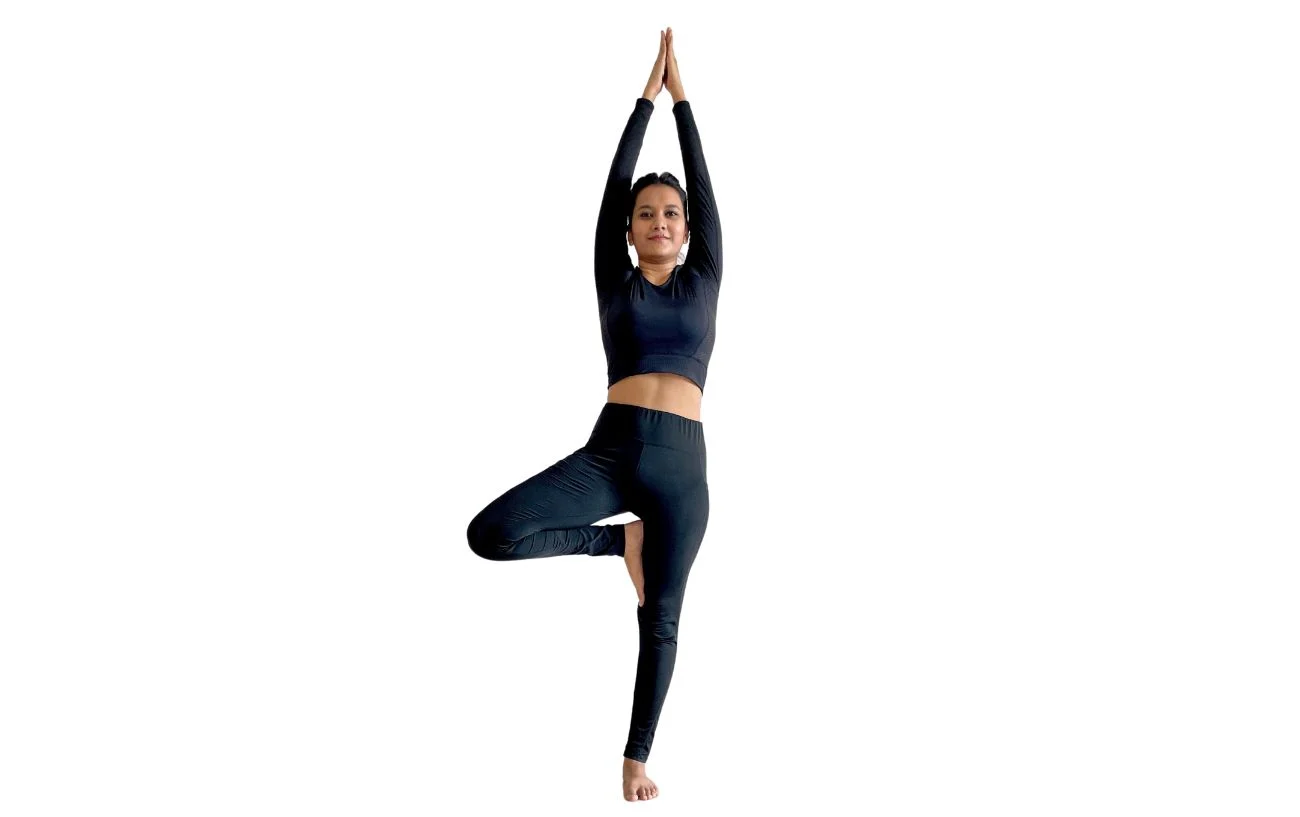
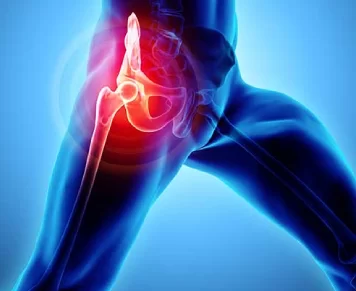
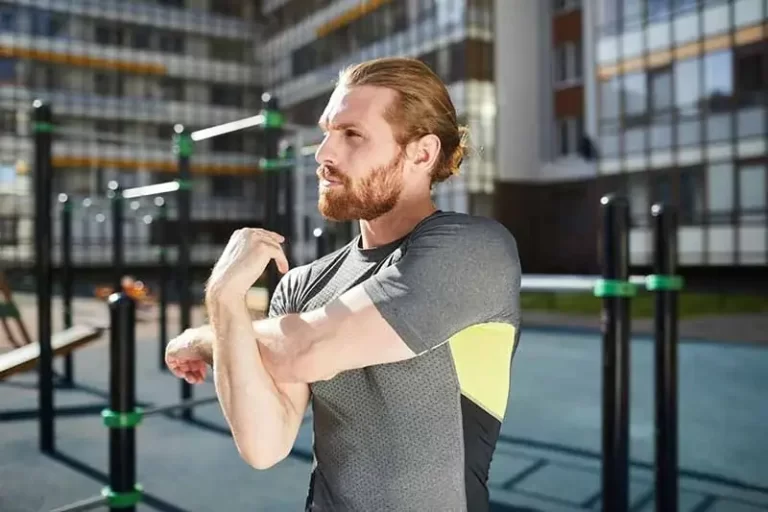
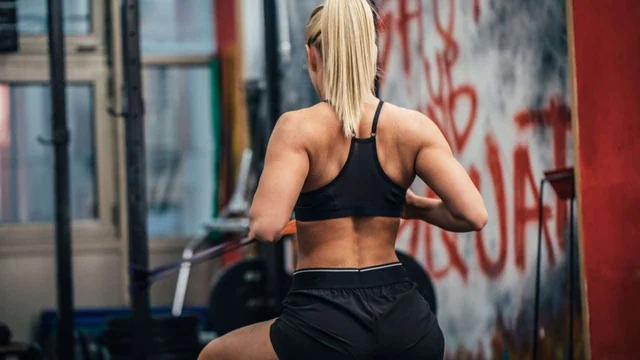
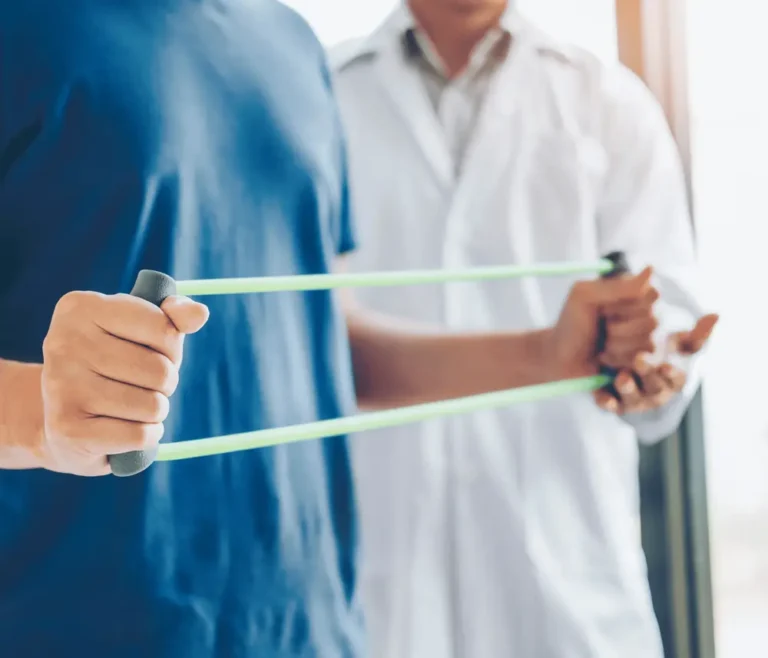


One Comment